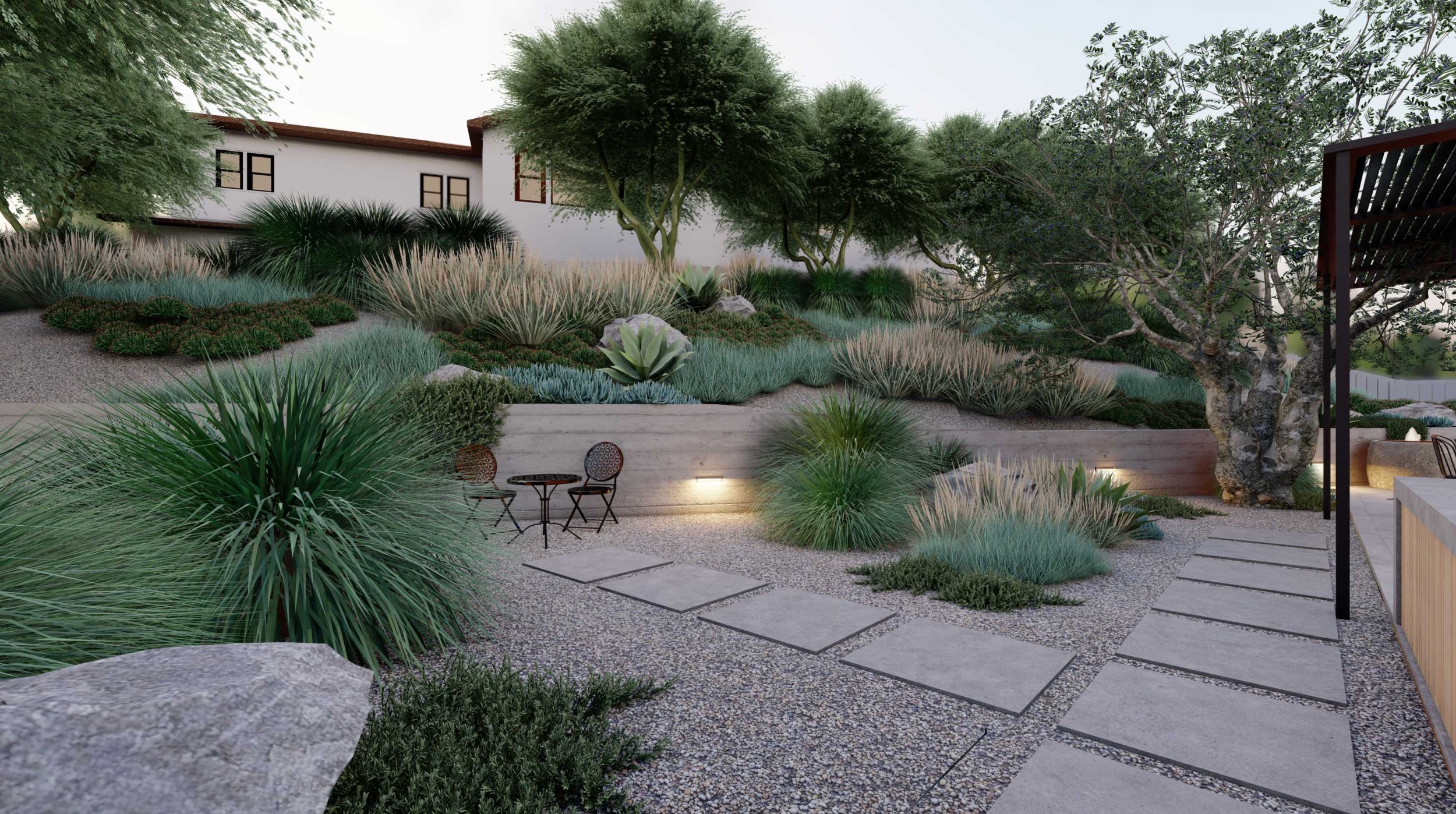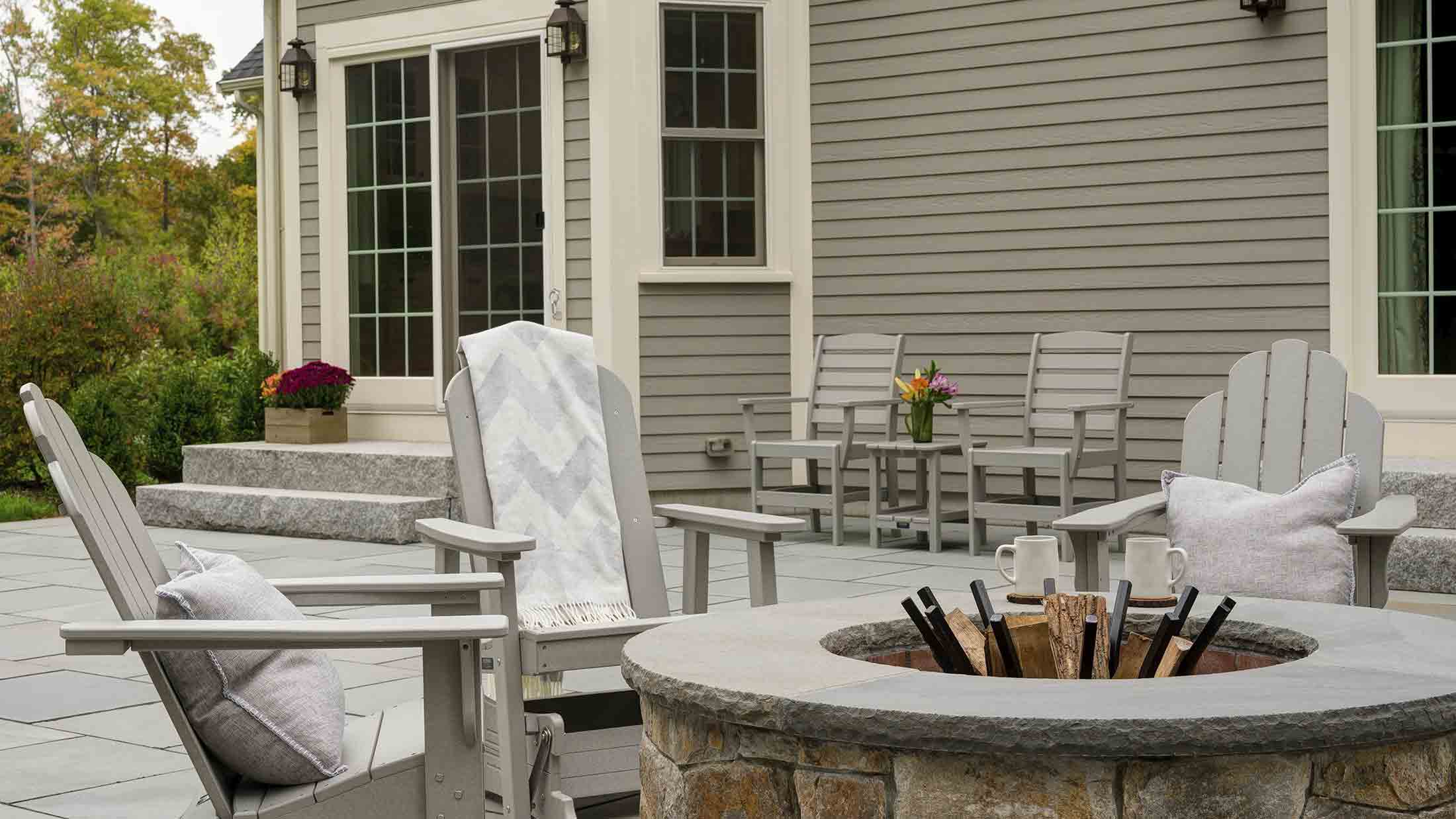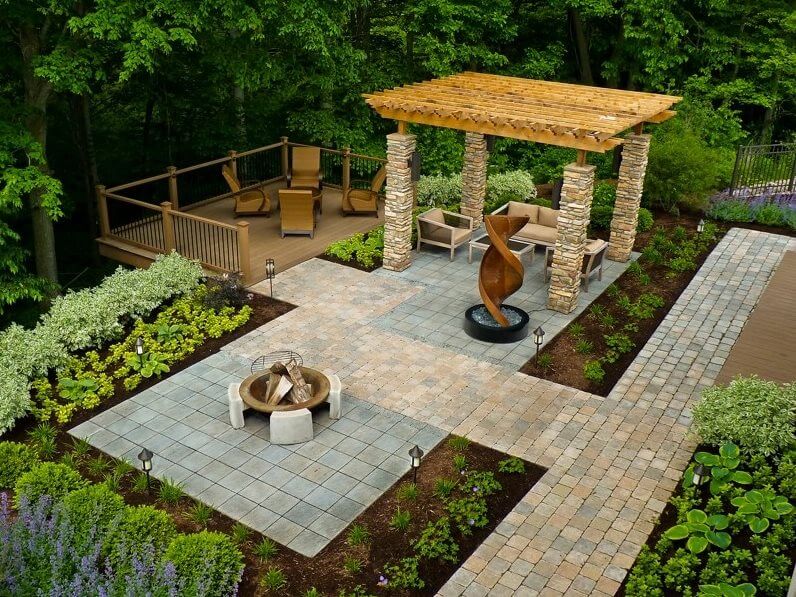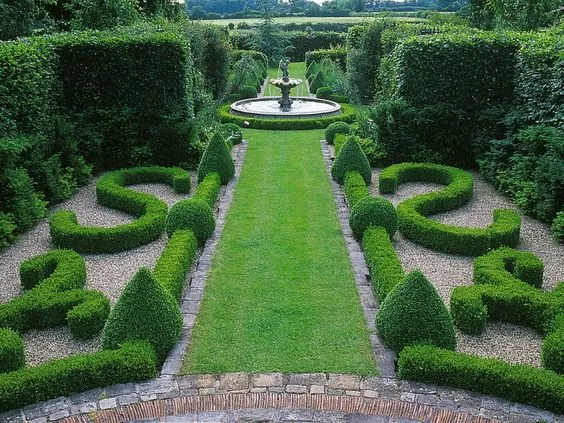The 5-Second Trick For Landscapers
The 5-Second Trick For Landscapers
Blog Article
About Landscapers
Table of Contents6 Easy Facts About Landscapers DescribedLandscapers Things To Know Before You BuySee This Report on LandscapersThe Single Strategy To Use For LandscapersExcitement About Landscapers
In the PNW there are semi-deciduous or semi-evergreen plants that may shed their leaves depending on exactly how cool the winter season is. - A flat celebration area, made of wood or composite material (made to look like timber), generally nearby or attached to a structure.

- Granite that is weathered to the point that it is a very great aggregate. This is a natural procedure, and the outcome can be used for courses and patios. Decomposed granite is commonly referred to as DG. It is especially valuable in modern-day landscapes. - Key landscape attributes being suggested in a landscape design strategy.
The 7-Minute Rule for Landscapers
These objectives direct the layout procedure, not the designer's style or preferences. Typical style purposes in Portland are reduced upkeep, dry spell tolerant, and animal pleasant. - Process for removing or thinning the dead reduced degree of a mature lawn. Thatch is grass that has passed away and gathered listed below the green blades.
Over time this layer can obtain extremely thick and make it tough for water, sun, and nutrients to obtain to sections of the grass.- The process of collecting and regulating the flow of water on a residential or commercial property. This can be performed with grading, French drains pipes, completely dry wells, permeable surfaces, sump pump, rain yards, and much more.
Properties at the end of hillsides, with natural springs, or filled with heavy clay have the most drainage issues.- A slow feeding irrigation system that utilizes versatile tubes and emitters to send out an accurate quantity of water to each plant. This is the most efficient technique of irrigating plants. - The capacity of a plant to endure without much summer season water.
- A yard attribute where water is represented by an accumulated rock item, normally a gravel or granite. These are most generally found in modern and Japanese yard style.- A stone or flagstone patio, path, or sidewalk constructed without a concrete base. The base would be compacted gravel and the joints would certainly be an accumulation or walkable ground cover.
Not known Factual Statements About Landscapers
- A stone maintaining or cost-free see this here standing wall surface built without making use of mortar. An extremely competent mason is required for a dry stack stone wall. A lot of walls in Rose city are moist stacked, even if they seem. - An underground framework that collect water and enables it to slow percolate into the dirt around it.
Landscape style that works with a websites' setting in both appearance and sustainability without adverse influences to the environment. Bordering in the landscape is a line of demarcation web that creates visual rate of interest in the yard by dividing one section from another section. This can be visual or functional, maintaining one aspect (such as pea crushed rock) from obtaining blended right into one more (like bark dust).
Areas can additionally have a sensation of "enclosure" supplied by trees, other plantings, fencings, or displays. The landscape near the entry to a structure.
A plant that is not native to the area where it will certainly be planted. Thicker bladed turf grass that spread out using rhizomes.: The degree of soil on your building prior to bark dirt or garden compost is spread out.
Some Known Incorrect Statements About Landscapers

The objective, factor, or activity that an area is be landscaped for. Room for growing plants for checking out, eating, or physical task.
Rock item, either rounded or fractured, that is relatively small- normally 1" or much less. Reduced plants that are permitted or encouraged to spread over an area. Can refer to any kind of "tough" yard components including statuary or stones but the majority of commonly is made use of to refer to paths, patio areas, and walls.: Height difference in between the level of water in a pond (or the review level of the pump if it sits outside the fish pond) and the upper electrical outlet of water which affects performance of the water pump in gph (gallons per hour). Thick hedges or trees that develop a fencing, screen, or limit.

What Does Landscapers Do?
Standard PNW landscapes are casual. A plant that spreads even more than wanted, or right into habitats where it does damage.
Smart irrigation controller reviews and recommendations here. 2-D making of the recommended irrigation system. Can include head positionings and coverage, pipe sizing, GPM specifications, and materials required to install this system. A watering plan is generally unnecessary for homes yet is usual for commercial jobs. Licensed expert who creates landscapes, coached in engineering and architecture as well as in gardening.
The professional who prepares and creates landscape projects, generally at a household or tiny business level with the major layout impetus on plantings. Landscape designers commonly have much less education than Landscape Architects and are not certified. A finished landscape layout, outlining all elements for the brand-new landscape. This usually takes the kind of an illustration theoretically.
A water limited HDPE material used beneath fish ponds, streams and waterfalls in water attributes. Making use of several plantings of the exact same variety to fill up in a location in the landscape.
Report this page